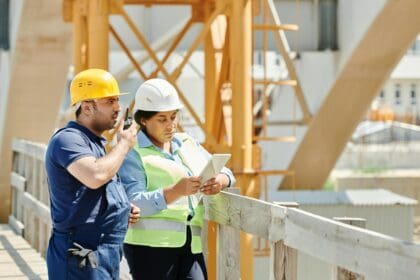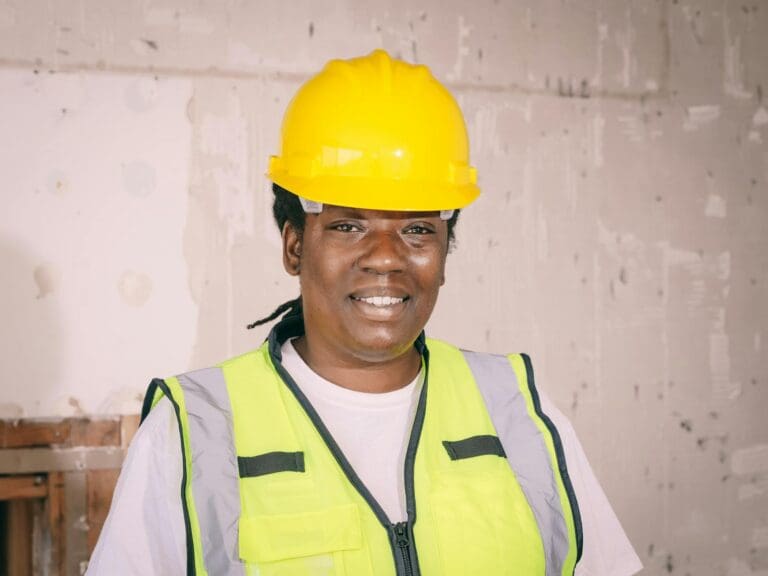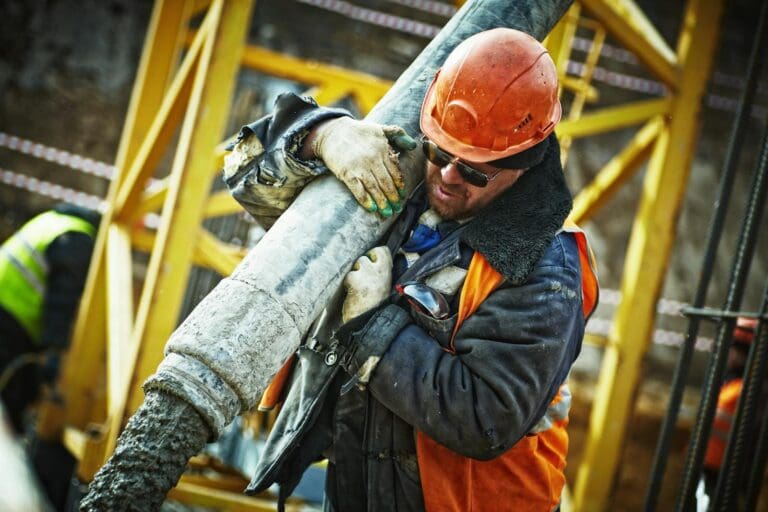More developers are turning to modular construction to build smarter, faster, and with less waste. Instead of assembling everything on-site, construction teams work with prebuilt sections that come straight from the factory, ready to install. The shift is cutting project timelines, reducing labor inefficiencies, and changing how commercial and residential buildings go from blueprint to reality.
Modular construction needs a workforce that can keep up. Skilled trades still play a critical role, but the process looks different. Instead of traditional site work, more of the labor happens in controlled environments, requiring a mix of factory-trained workers and experienced installers who know how to put everything together once it reaches the site. Temp staffing is filling that gap, making sure projects stay on schedule without workforce shortages slowing them down.
Why Modular Construction Is Taking Over More Projects
Every construction project comes with challenges—weather delays, labor shortages, material costs, and unexpected site conditions. Modular building cuts down on those risks. By shifting most of the assembly to offsite factories, developers avoid common delays that slow traditional construction.
- Faster project timelines – A building that might take over a year to complete on-site can be finished in months with modular construction.
- Less wasted material – Factory settings allow for precision cuts and efficient use of materials, reducing costs.
- Better labor efficiency – More of the work is completed in a controlled environment, making scheduling more predictable.
Commercial developments, multi-family housing, hospitals, and even hotels are using modular construction to get projects up and running faster. Instead of waiting on one phase to finish before starting the next, teams work in parallel—foundation work happens on-site while building sections are completed in the factory. Once they’re ready, everything gets transported and assembled in days instead of months.
How Temp Staffing Keeps Modular Construction on Track
The shift to modular doesn’t eliminate the need for skilled labor. It changes where and how those workers are used. Construction project managers need people who understand how to work in a structured factory setting as well as those who can install and finish buildings once the components arrive. Temp staffing is solving that problem by giving companies access to the right workforce at the right time.
1. Meeting Factory Labor Demands
- Skilled trades are still needed, but more of them are working inside production facilities.
- Factory-trained workers handle everything from framing and electrical work to insulation and finishing.
2. On-Site Assembly Crews
- Buildings don’t put themselves together. Once the modules arrive, skilled workers handle installation, sealing, and final connections.
- Temp workers trained in prefab construction step in to complete on-site work efficiently.
3. Adapting to Workforce Needs as Projects Evolve
- Some phases need more hands in the factory, while others require more workers at the job site.
- Temp staffing ensures that the right number of workers are available at each stage without unnecessary downtime.
The right staffing strategy allows construction teams to stay flexible. If a factory needs extra workers for a high-demand production run, temp labor fills that gap. If the job site is short on installation crews, workers arrive when needed. That level of adaptability keeps projects moving without disruptions.
Key Skills Needed for the Modular Construction Workforce
Modular construction is shifting how tradespeople work, but the demand for skilled labor isn’t going anywhere. A successful workforce strategy includes both factory workers and on-site specialists who can bring modular buildings to completion.
1. Factory-Based Skilled Trades
- Carpenters, electricians, and plumbers – Instead of working directly on-site, these professionals handle installations in the factory before modules are transported.
- Metal fabricators and welders – Modular projects often use steel framing, requiring workers with precision welding skills.
2. On-Site Installation Crews
- Heavy equipment operators – Moving modular units into place requires cranes and specialized lifting equipment. Operators with experience in modular construction are essential.
- Assembly teams – Workers who understand sealing, finishing, and utility connections ensure modules are properly integrated once they arrive.
3. Lean Construction Specialists
- Workers trained in lean building practices – Modular construction follows a streamlined process, requiring teams who understand efficiency, waste reduction, and precision work.
Temp staffing makes it easier to get the right people in place without long hiring cycles. Whether it’s extra hands for factory production or skilled crews for on-site work, companies can stay ahead of labor shortages by bringing in trained workers when they’re needed most.
MGR Workforce Keeps Modular Projects Moving
Every construction project relies on a workforce that knows how to get the job done. Modular construction is no different. The challenge isn’t just finding workers—it’s making sure the right people are in place at the right time. MGR Workforce delivers pre-screened, skilled workers who understand modular building, prefab assembly, and on-site installation.
- Factory-trained workers ready for modular production
- Certified installers for on-site assembly and finishing
- Flexible workforce solutions to meet evolving project demands
A project that stays on schedule starts with the right labor strategy. Construction project managers who plan ahead avoid costly slowdowns.
Request Workers Today for Your Modular Project
Need skilled workers for a modular construction job? MGR Workforce connects construction teams with trained professionals who can keep projects moving. Request workers today and get the labor you need when you need it.















